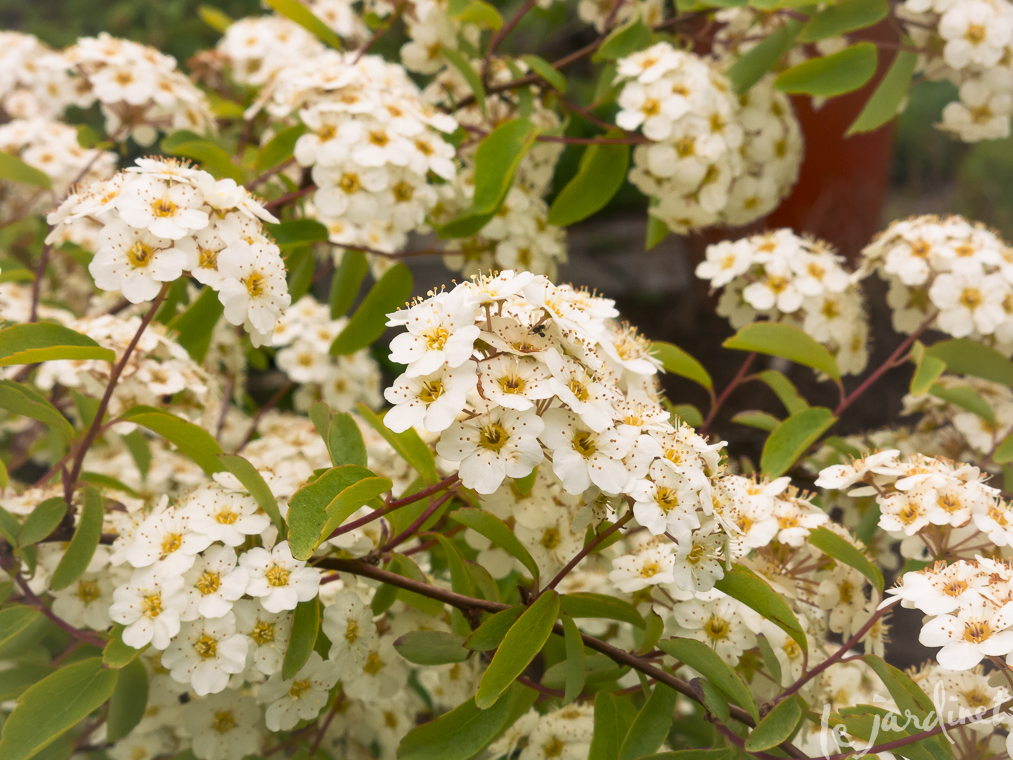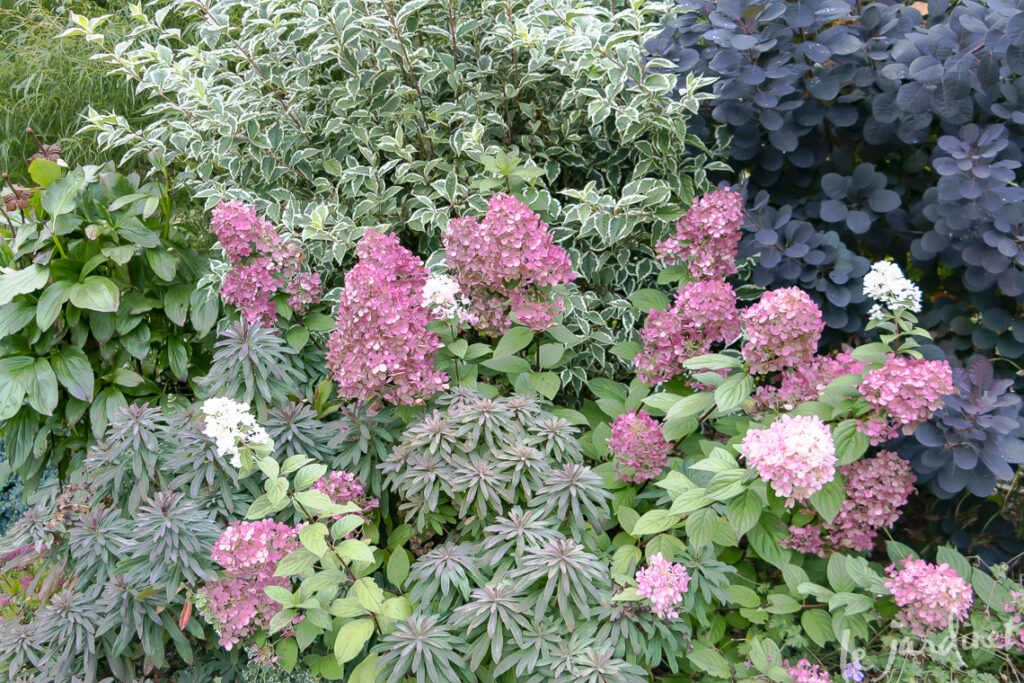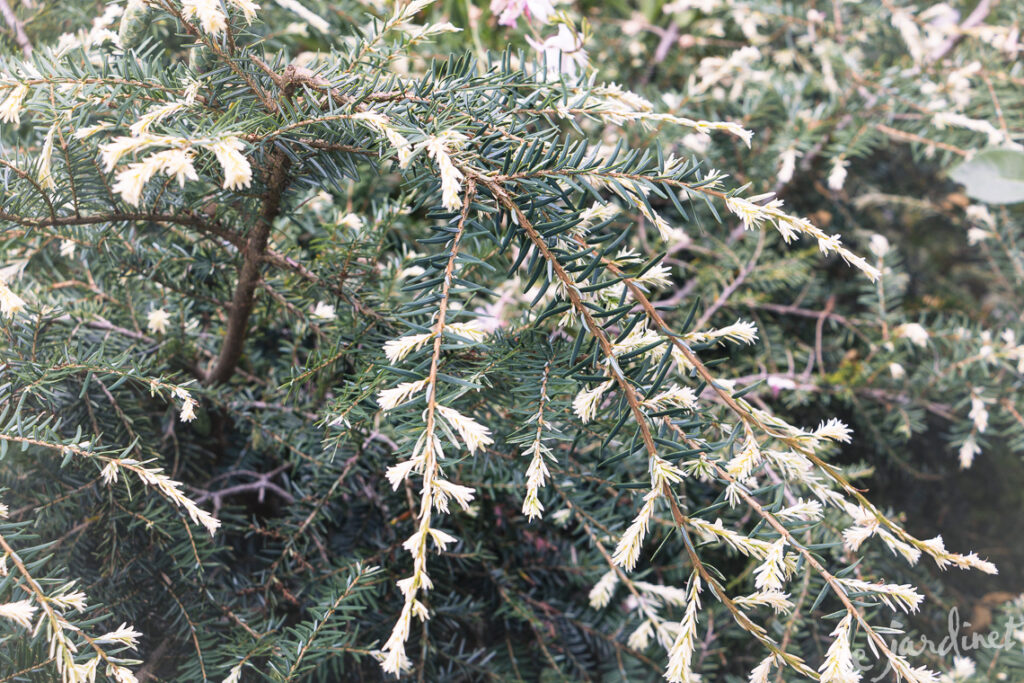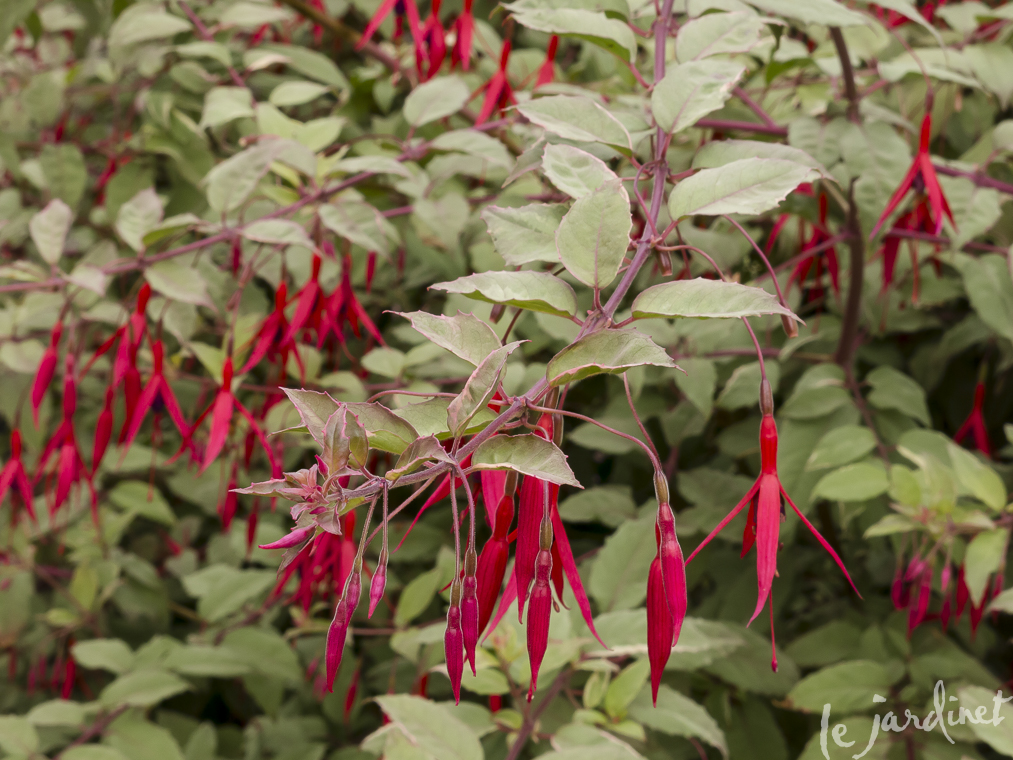Garden Triage for March

We finally saw blue skies in Seattle this week, so of course I rushed into the garden knowing there was a long 'to do' list to tackle. However, the reality is that I can't manage to work outside for a full day anymore, I need a tea break every two hours and after four hours I'm done! My suspicion is that I'm not alone, and that many of you also struggle with 'spring overwhelm'. With that in mind, I've created this triage list to help us all focus on the essentials this month.
Bear in mind that I am in the greater Seattle area in the Cascade foothills within USDA zone 6b which may be colder or warmer than where you live. For context my daffodils are only 4-6" high, just two miles away in town they are at full height with fat buds, and on the coast they have been in full bloom for two weeks already! That means my last frost date may be earlier or later than yours and I may need to cut things back sooner or later than you do, but I hope that this blog post provides you with a framework to create your own triage list for March so you can prioritize your garden chores according to urgency.
Emergency Severity Index (ESI) for the Garden
- Level 1. Will die, dieback or become diseased without immediate action
- Level 2. Will become significantly worse if action is not taken, but non-life threatening
- Level 3. Will survive if action is not taken but may not thrive or look its best
- Level 4. No irreparable harm done if ignored for now
Level 2 tasks
-
Rake the last of the leaves off evergreens and deciduous shrubs

Gold Fountain bridal wreath spirea has golden foliage and an abundance of white spring blooms on a vase-shaped deciduous shrub
While the idea of leaving leaves where they fall has merit, it is also an over simplification.
I often underplant deciduous trees (e.g. Japanese maples, liquidambar, Persian ironwood, katsura) with deciduous shrubs such as spirea. That leaf litter can be several inches thick and quickly becomes a solid mat after winter rains, freezing temperatures and snow. Few shrubs can tolerate that and still have their spring buds break through this desnse leaf blanket so this is the top of my to-do list in early March. By now the fallen leaves are almost welded to the delicate spirea branches and have to be hand-picked off if shaking or raking with a bamboo rake doesn't dislodge them. Likewise, if the leaf litter has been left on evergreen foliage e.g. hellebores, it can result in or exacerbate fungal disease while on conifers e.g. blue star juniper it can cause dieback. Now is the time to finish this important task and compost those leaves into mulch for later use.
Level 3 tasks
This is by far the longest list so just choose 2 or 3 to tackle per day to avoid feeling daunted.
-
Cut back panicle hydrangeas

Panicle hydrangeas have ice cream cone-shaped flowers. Many varieties including Fire and Ice (above) turned shades of pink in fall
This only takes a few minutes but results in stronger growth and a more compact habit. Here's a video to show you how.
-
Weeding
Try to keep on top of this, especially for things like shotweed. Ignoring one weed this month may mean ten or more next month.
-
Prune back or clean evergreen ferns and perennials
These look so much better for cleaning and it allows the new foliage or flowers to be seen but it's not the end of the world if you forget. I try to make sure I remove the old foliage of my evergreen ferns (western sword fern, autumn fern, Himalayan maidenhair fern, hart's tongue fern, Alaskan fern) when I see new fiddle heads at the crown. Some varieties of barrenwort (Epimedium) are more evergreen than others but they really look much better with the old leaves removed to allow the delicate flowers to shine. Plus the new foliage on varieties such as Rubrum is outstanding so let's highlight that.
Evergreen perennials such as heuchera and hellebores often have a few scruffy looking leaves after the winter and only take a few minutes to snip away.
-
Prune variegated hemlock

Gentsch White Canadian hemlock needs pruning to maintain the white variegation
I know this is a very specific task, but it's important to prune back each growth point by 1/3 by the end of March to ensure a continuation of the beautiful snowy tips on the branches.
-
Prune red and yellow twig dogwoods
Again not essential, but since the brightest color is on the newest stems, it is recommended to prune these back in spring. Here's a great guide on how to grow these shrubs.
-
Refresh your containers
After all the chore-like tasks it's fun to reward ourselves with something creative. Being met by a colorful, fragrant, seasonal container at the front door is so much more welcoming than the Holiday remnants (note to self – I still need to do this!). Not sure what to do to bridge this shoulder season? Check out my online workshop for quick, easy, budget-friendly ideas.
Level 4 tasks
-
Rake evergreen grasses
Blue oat grass and blue fescue come to mind, but there are many other evergreen grasses that show a high proportion of dead blades after the winter. Rake these with your fingers or a bamboo rake to quickly clean them out and allow new growth to emerge.
-
Prune evergreen shrubs for size
Assessing my garden yesterday I noticed that I have several varieties of holly bushes (which are not all invasive here although the straight species does self-seed) as well as Japanese false holly (Osmanthus h. 'Goshiki') and tall Oregon grape (Mahonia spp.) which would benefit from some reduction in height as they are outgrowing their allotted space and upsetting the balance with neighboring shrubs. This needs to be done before new growth begins but after the worst winter temperatures are done to minimize stress on the shrub. In other words it's a bit of a guessing game but for my garden, late March is usually a good time.
-
Prune warm season grasses
This category includes feather reed grass (Calamagrostis spp.) switch grass (Panicum spp.) and silver grass (Miscanthus spp.). Some gardeners prefer to do this in fall but I've found that for my climate pruning in spring is better, before the new growth begins. The old stems seem to protect the crown from the worst of the winter weather. I cut these grasses back to ~ 10" tall as the stubble helps to protect the emerging growth from rabbits.
-
Prune tall verbena
Verbena bonariensis is perennial for me but looks totally dead right now! Experience has shown me, however, that they will come back from the base so I just prune out the old stems when I'm nearby or have some extra time.
Wait!

Hardy fuchsia is a woody perennial which should not be pruned to size until the danger of frost is past
Here's the good news, the following tasks can wait until April (in my garden at least).
- Coppicing smoke bushes (I do this in mid-late April)
- Pruning gaura, Russian sage and hardy fuchsia. These are all woody perennials and should not be hard pruned until you're REALLY sure the temperatures are stable. I don't have fuchsia because of the deer but I prune the others to just above the crown in April. Before then those old stems offer some frost protection.
What's on YOUR triage list this month?
Subscribe to Receive Blog Posts
Gardening inspiration delivered right to your inbox from Le Jardinet
Note: this post contains some affiliate links which will earn me a few pennies towards my next plant purchase.



We've had some sunny 70 degree days recently in Sonoma, CA. Beyond the tea break, had to add an Ibuprofen when I finally went inside.
That sounds wonderfully warm! Yes, Ibuprofen alongside the tea and biscuits here too. Lovely to hear from you.
Thanks for the reminder to prune back my verbena bonariensis. I leave the old bloom heads on all winter — they’re much loved by goldfinches.
I’m in the SF Bay Area, and my other significant spring task this year is relocating a few grasses, small shrubs and perennials. Some are ones I didn’t get moved as planned last fall. Others are ones I’ve decided I need to move further away from my house, after witnessing the destruction of last fall’s LA area wildfires. I’m not in a high fire-risk area, but California’s updated maps now say my suburban home is in a moderate risk area.
That makes a smoke bush, a good performer in my dry summer climate, a potential problem. Ten or 12 years ago, it seemed like a good candidate to plant 3-4 feet from the house. Now, not so much. Now I view its lovely pink bloom fluffs as the equivalent to having a tiki torch way too close my home’s eaves. I might try coppicing it this spring to see if that helps enough. If not, I’ll have to take it out this summer.
I agree with leaving the verbena seedheads – birds love them!
Moving your smoke bush is going to be tricky – they have quite deep roots. I always coppice mine as I prefer larger foliage rather than the flowers anyway, but Grace still gets to 5-6 feet tall and wide even then. I wonder if there are any true dwarf varieties? Might be worth researching. Good luck!
Yeah, I wouldn’t even try to move an established smoke bush. Either coppicing keeps it small enough to make it less of a fire threat, or I’ll have to cut it down and kill it. That’s the last thing I want to do, but all that pretty fluff is so floaty and flammable once it dries.
I really think the shrub looks better without the fluff so hopefully this will be a win-win for you